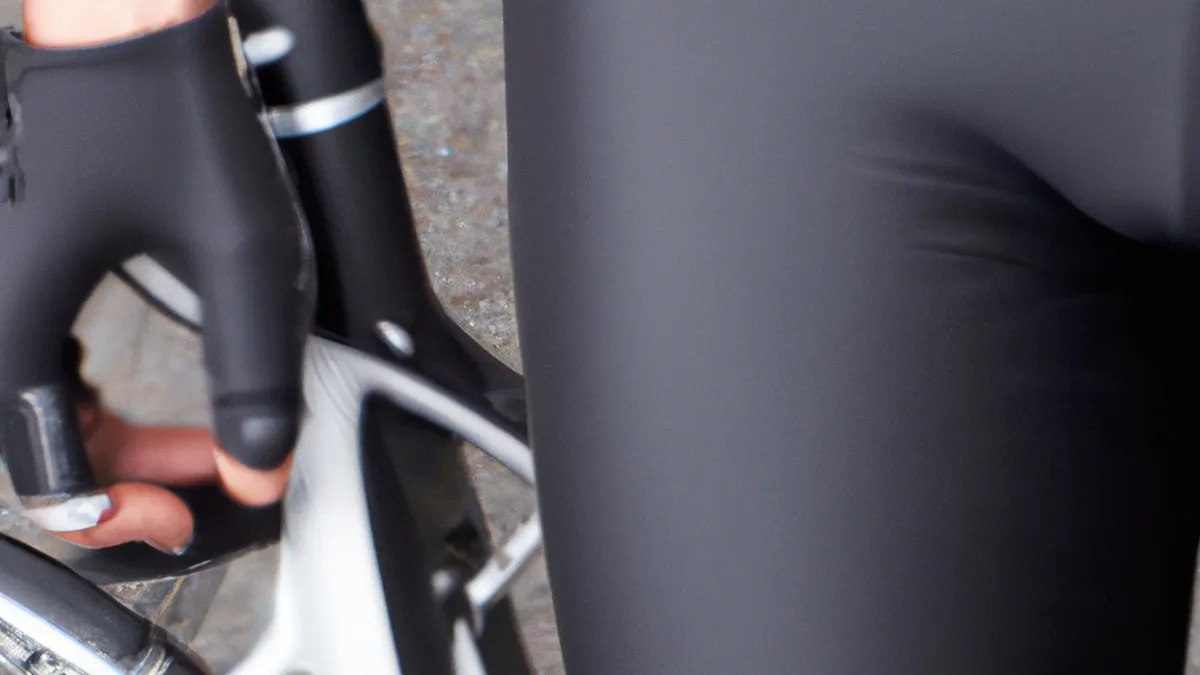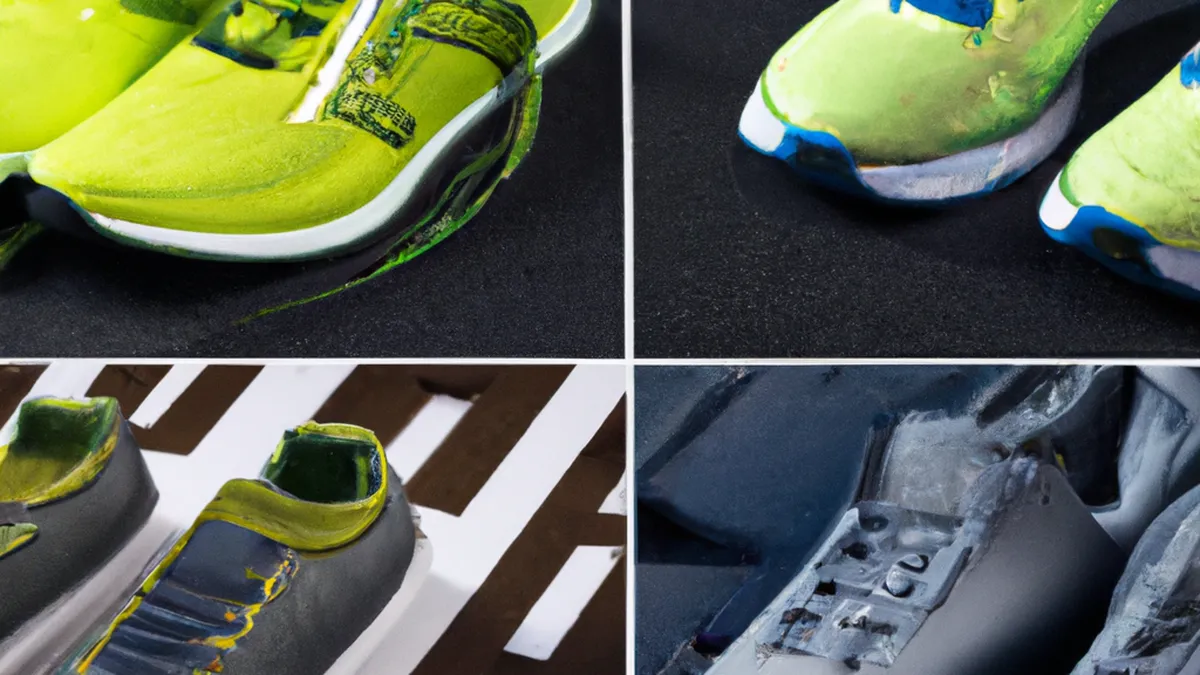Cyclist’s Guide to Foam Rolling Essentials
Foam Rolling Techniques for CyclistsCycling keeps you fit and connects you to nature. However, it may cause muscle tightness and soreness, especially in legs, back, and shoulders. Foam rolling helps cyclists recover faster, boosts performance, and enhances mobility. This article discusses effective foam rolling techniques for cyclists and highlights the benefits.
Understanding Foam Rolling
Foam rolling uses a foam roller to apply pressure to tight muscles and fascia. This pressure releases tension and improves blood flow, especially after long rides or intense training. Rolling over a muscle breaks up adhesions and knots, increasing flexibility and reducing pain.
The Right Foam Roller
Choose the right foam roller for an effective experience. Rollers vary in density and size, catering to different users. Firmer rollers work better for deep tissue release, while softer ones suit beginners or sensitive individuals. Experiment with options to find what works for you.
Pre-Ride vs. Post-Ride Rolling
Timing your foam rolling matters. Roll before a ride to warm up muscles and enhance circulation. It activates muscles you’ll use during your ride. Post-ride rolling aids recovery by alleviating soreness and speeding healing. Both pre- and post-ride rolling benefits you but serve different purposes.
Effective Foam Rolling Techniques
As an Amazon Associate I earn from qualifying purchases.
Gear tip: consider foam roller, massage gun, and peanut mobility ball to support this topic.
Calves and Hamstrings
Begin with your calves, which endure cycling strain. Sit on the ground with legs extended. Place the foam roller under your calves and lift your body with your hands. Roll slowly from ankles to knees, pausing 20 seconds on tight spots. Cross one leg over the other for added pressure.Next, target your hamstrings. Position the roller under your thighs while seated. Lift your body and roll from knees to hips. Focus on sore areas, spending extra time there. This technique releases tension built during cycling and improves pedaling efficiency.
Quadriceps and Glutes
After addressing calves and hamstrings, focus on quadriceps. Lie face down and place the foam roller under your thighs. Lift your body using forearms and roll from hips to knees. Pause on sore areas and breathe deeply to relax your muscles for effective release.
Conclusion
Foam rolling effectively aids recovery and enhances cycling performance. Incorporate these techniques into your routine for improved results.
Below are related products based on this post:
FAQ
What is foam rolling?
Foam rolling is a technique that uses a foam roller to apply pressure to tight muscles and fascia. This pressure helps to release tension, improve blood flow, and enhance flexibility, making it an effective recovery method for cyclists.
When should I foam roll during my cycling routine?
Timing is important when foam rolling. It is beneficial to roll before a ride to warm up your muscles and enhance circulation, while post-ride rolling aids in recovery by reducing soreness and speeding up healing.
How do I choose the right foam roller?
Selecting the right foam roller depends on your needs and experience level. Firmer rollers are better for deep tissue release, while softer rollers are more suitable for beginners or those with sensitive muscles. Experimentation can help you find the best fit for your foam rolling routine.















Post Comment